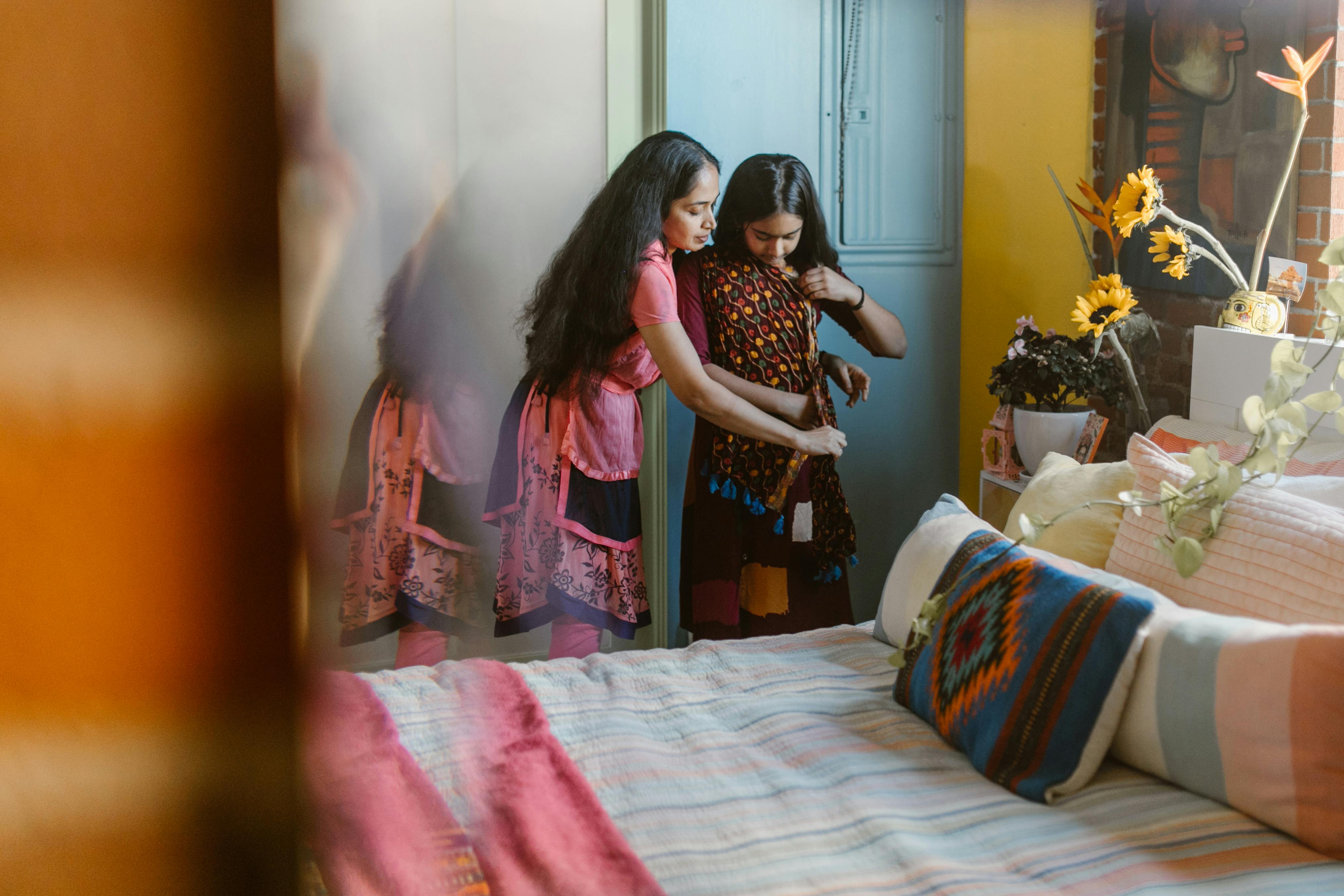Flipbook Character Animation Stage 1 – Skeleton Poses

Draw a flip book Animation involving human movement requires several steps before producing quality cartoon animation. Similar to drawing human poses, human animation first begins by drawing the poses of the skeleton, followed by the volume, and finally the flesh. Drawing the volume of a human being can be omitted as long as the artist is familiar with drawing human muscles.
The reason behind drawing the skeleton first in the animation is to serve as a preview of the action. Take for example a 5 second animation that will play at 25 frames per second (fps), the artist will need to draw 125 drawing frames. Without the skeleton animation to act as a preview, any changes mid-production will take a long time to redraw, reducing production efficiency. Once the animation is drawn on the skeleton, the artist and director must review it to ensure that this animation and movement is close to the final results.
In this video I am going to animate this bovine by throwing a fireball, similar to the game called Street Fighter. The bovine will store his energy in his waist and eventually release the power in front of him, shooting a ball of fire outwards. Begin the animation with a neutral pose, this serves as a guide to proportion for the character. If in doubt during the animation process, refer to the neutral pose to check if the character’s proportion is consistent. Consistency is very important in human animation because you don’t want your character to inadvertently grow or shrink in size.
There are two types of animation approach during production, the direct method and the pose-to-pose method. The direct method, which I applied in my video, is suitable for animation without planning, the artist draws one frame after another based on his own imagination. However, this method can be very creative because it allows the artist to draw whatever comes to mind. The results can be surprising and unexpected.
The Pose to Pose method is suitable for animation that has planned actions or a storyboard to follow. With pose by pose, the animation is drawn first in all critical poses whenever the actions change direction or when Among the poses are ambiguous. This method reduces the risk of redrawing in production because these key poses serve as another confirmation step before continuing with the rest of the process. Among animation frames.
Animation involving humans needs to include more details about force and gravity in order for the animation to look realistic or semi-realistic. Even if the character or cartoon isn’t meant to be realistic, adding elements of realism would make the animation more interesting. The center of gravity (CG) is often essential for a human animation. Make sure that when the character moves, they stand still and appear balanced on the ground. Small details like pushing and pulling could make use of the character’s weight to add force to these actions. For this video, the bovine moves its center of gravity backwards to appear as if it is storing energy and pushes its center of gravity forward while launching a ball of fire.